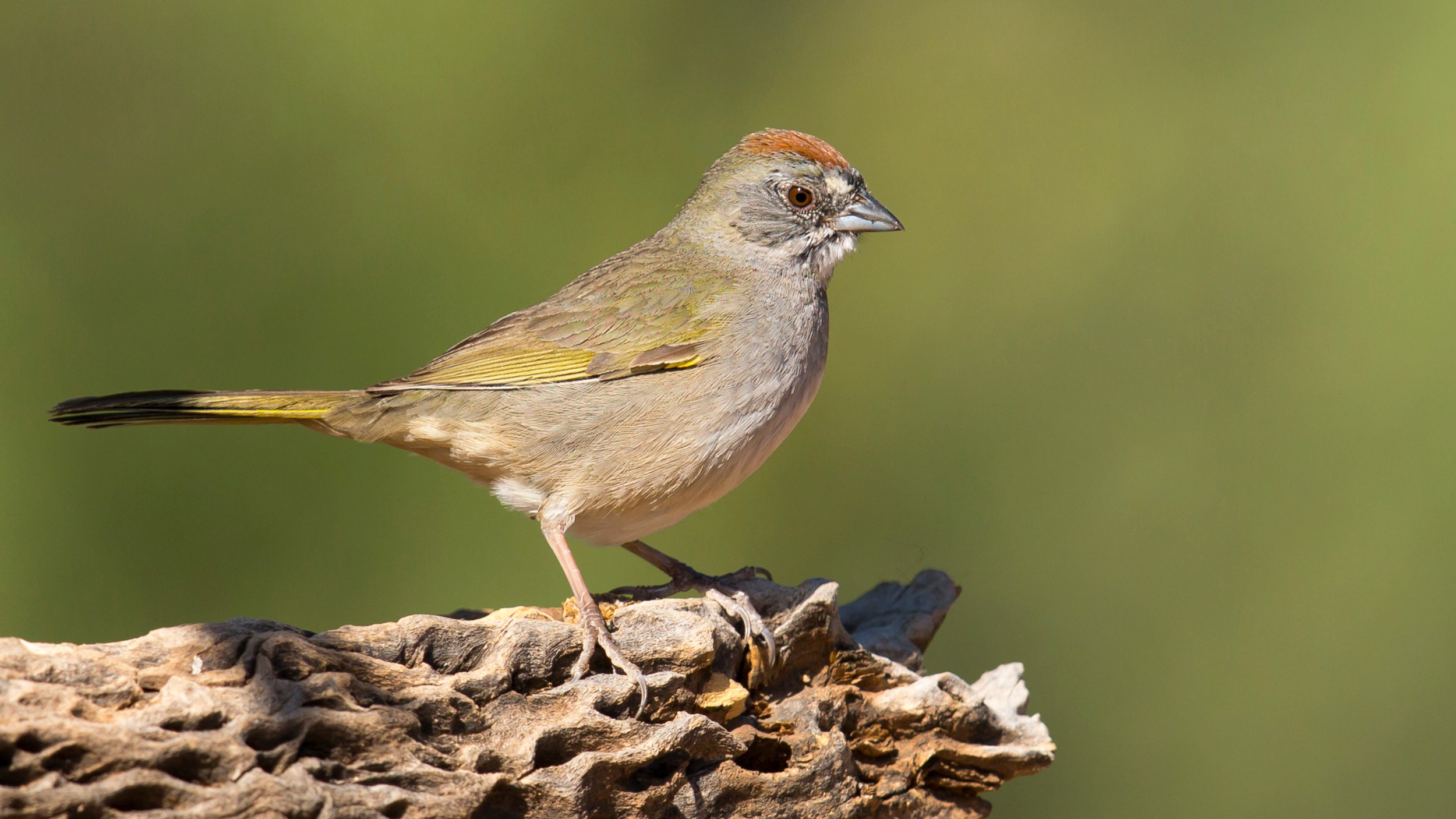Enter Noise Reduction Software
Noise reduction software is used during the editing process when photos are typically cropped and adjusted for color, contrast, and brightness. The software has been around for some 20 years. The early versions worked well with some images but struggled with complex noise patterns that newer cameras produced. To complicate matters, the older noise programs required the user to fine-tune complex settings to achieve good results.
Topaz Labs solved much of this problem when it released Topaz DeNoise AI about five years ago.
The program utilized newly developed Artificial Intelligence (AI) algorithms that had analyzed millions of clean and noisy images to better understand the problem and possible solutions. The in-depth training helped DeNoise achieve impressive results, but many photographers still found the software complicated to use.
Topaz upped its game last year when it introduced Topaz Photo AI, a revolutionary product that reduced noise and sharpened images with less intervention by the editor.
More recently, Adobe Inc. introduced the easy-to-use Denoise AI as part of its widely used Lightroom photo editing software program. The Adobe offering, at the very least, closed the gap with Topaz and, in the opinion of some, is even better. Other software developers have released comparable offerings.
But There are Downsides
Noise reduction software has some downsides. If overused, it can eliminate detail in an image and leave the photo with a dull, bland, or milky appearance. It also increases the editing time. An older, less powerful computer can take several minutes to process an image. It is not a bad idea to try the free trials to see if your computer is up to the task.
Noise Reduction Software in Use
For many members of the Eastside Audubon Photography Group, the new generation of software changes how they work.
Don and Margaret Larkin are longtime users of Topaz products and are especially impressed with Topaz Photo AI. The couple are frequent winners of the Eastside Audubon Society Photo of the Month contest.
"It is an amazing product. Not only does it remove noise after we take a photo, but it has changed how we take photos out in the field," Don says.
"In the past, we always set the ISO as low as possible to keep the noise to a minimum," says the national award-winning photographer. “This resulted in longer exposure times, which made it difficult to freeze the action of flying birds."
Margaret Larkin, also a national award-winning photographer, points out that noise reduction software allows her to focus more on the photograph and less on adjusting the camera settings.
"We have switched to using Auto ISO on our cameras, even for landscapes,” she says. “We can set the shutter speed and aperture based on what is best for the subject and conditions and let the camera adjust the ISO automatically as needed. This allows us to capture spontaneous moments that we wouldn't have otherwise."
Gary Luhm, a longtime member of the photography and winner of several Photo of the Month awards, is particularly impressed with Adobe Lightroom Denoise.
"AI photo software is moving fast. I tried Topaz almost two years ago and decided at the time the improvements weren't worth the cost and addition to my workflow," he says.
"I tried the new Lightroom Denoise and was astonished at how well and easily it worked,” Gary says. “A Denoise setting of 30% cleaned up the noisy black feathers of an old pileated woodpecker file without yielding that smeary look."


















